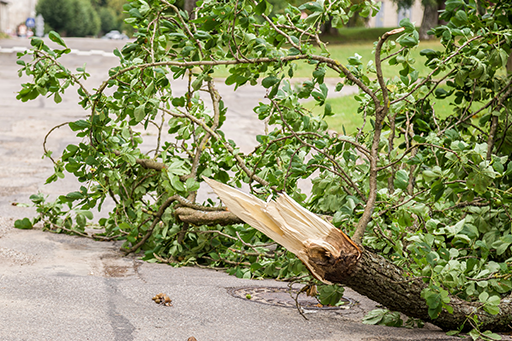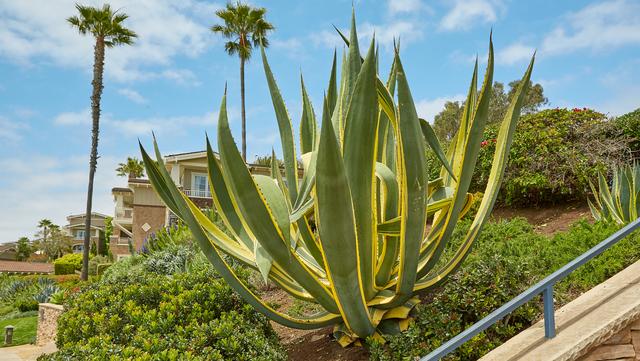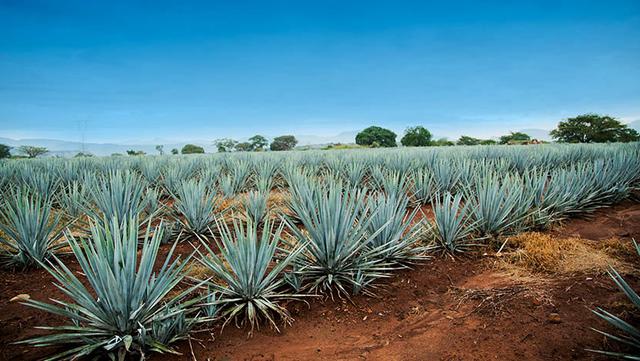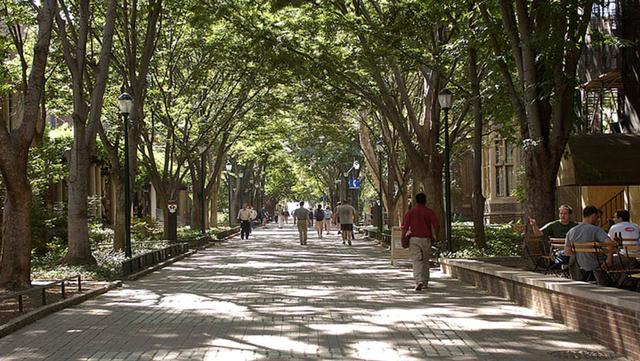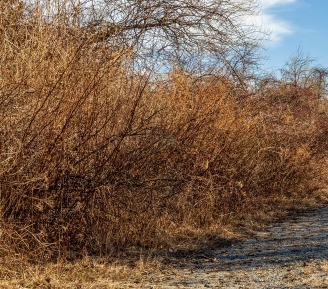“Donate a Day” Campaign Transforms the Campus of a Non-Profit for Foster & At-Risk Youth
The story of how BrightView crews descended upon the campus of California non-profit Casa Pacifica to restore the landscape began not with a phone call; but rather, an observation made from the window of a classic 1970 Chevy C20.
BrightView Business Developer Ryan Smith was participating in a drive-through car show to benefit the crisis-care and residential treatment facility, which serves foster and at-risk children in Ventura and Santa Barbara Counties. The car show took participants on a loop through Casa Pacifica’s Camarillo campus, the charity’s headquarters. Ryan was struck by what he saw.
“Driving through the parade I could see landscape areas in poor condition that needed attention, including water running down the parking lots which indicated potential irrigation leaks. I had an overwhelming feeling of wanting to help so I took mental notes of where BrightView could make the most impact,” Ryan said. He took the idea to Vice President and General Manager Scott Godfrey and it quickly took off.
“It only seemed logical to work with our teams and clients to help create a safe environment for the staff, children and young adults that Casa Pacifica serves,” Scott said.
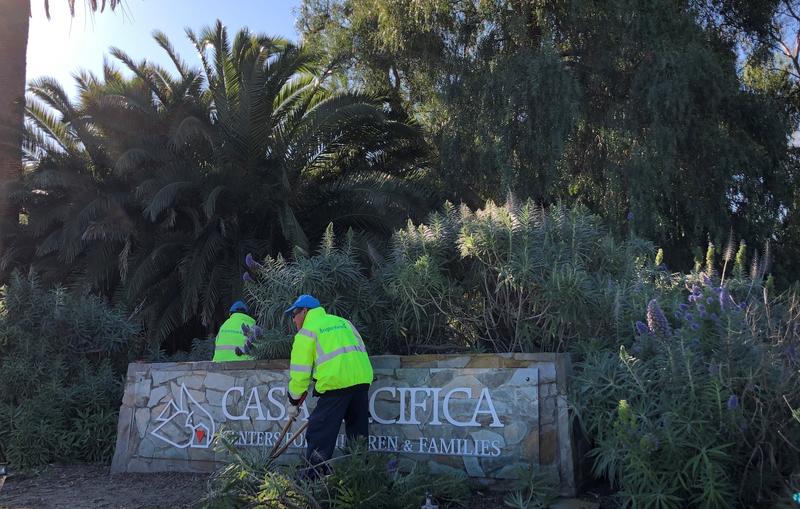
And with that, they got to work, creating a coalition to make their vision a reality. BrightView’s Ventura and Conejo branches reached out to some of their clients to ask if they’d be willing to donate a day of service to enable crews to redirect to Casa Pacifica to tackle an overgrown area between the campus’s main driveway and housing for transitional-aged youth, also known as the TYS program. The scope would require several crews-- including maintenance, enhancement and tree crews-- for 2 full days of work. JLL of Thousand Oaks, City of Westlake Community Park, La Ventana HOA in Ventura, and Westlake Park Place were among the generous clients who agreed to donate a day.
“BrightView showed up with a team of six managers asking, ‘How can we help support you? We love what you do,’” Casa Pacifica Facility Manager Robert Van Gundy said. “We started our TYS dream in 2011 with some abandoned houses. To say they were in dire need would be an understatement. Ten years later and well over 100 youth served in just these houses and we still have the same issues with overgrowth… until now.”
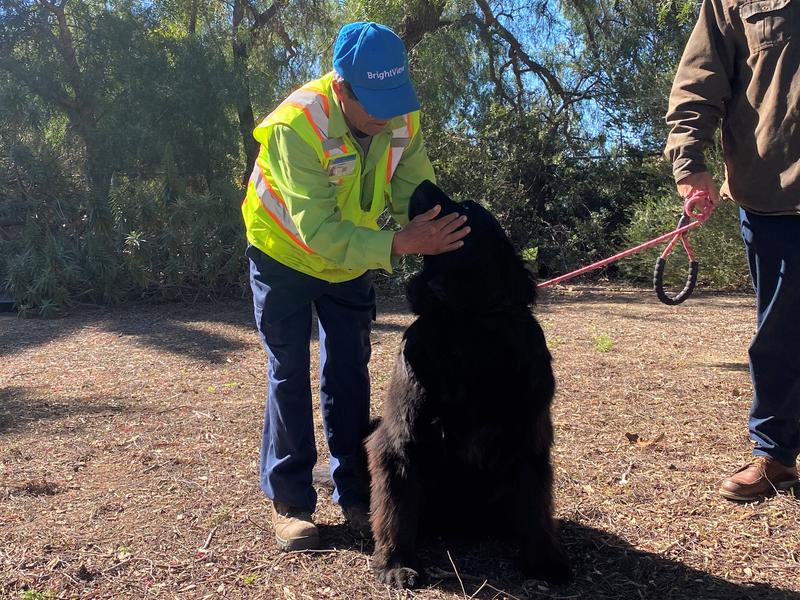
When the crews arrived on a Thursday, they went to work targeting the area that posed the highest safety risk. They cleared dead debris and plants from the front entrance and tackled overgrown and dead brush, which represented a tremendous fire hazard. By the time the weekend arrived, the teams had filled two 40-yard dumpsters and two large tree trucks. Two Casa Pacifica employees remarked it was their first time seeing that part of the campus free of the overgrowth and were amazed at the result. Casa Pacifica’s resident therapy dog, a Newfoundland named Pearl, also approved and rewarded crewmembers with snuggles.
“We can’t thank BrightView enough for believing in and supporting Casa Pacifica,” Robert said.
Yet it’s BrightView that can’t thank Casa Pacific enough for the vital work it does.
“Living in the area, I have passed by the Camarillo headquarters many times and often wondered how we could help,” Scott said. In their “donate a day” campaign, Ryan, Scott and their teams found a way. By restoring the landscape, Casa Pacifica’s team can continue to restore hope for so many children and families across California’s Central Coast.


